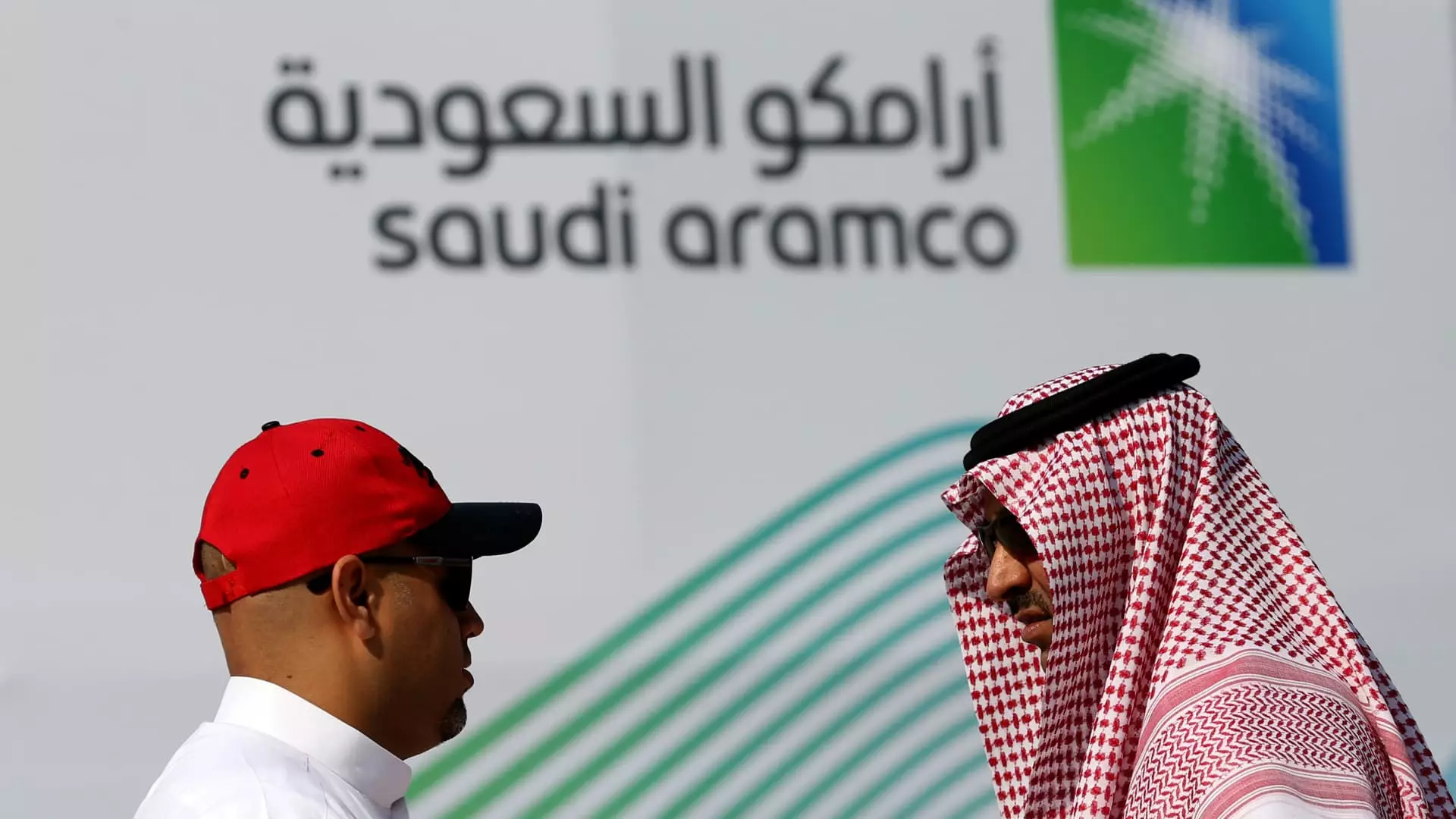Saudi Aramco, the state oil giant, recently reported a net profit of $29.1 billion for the second quarter, which marks a slight decrease of just over 3% compared to the same period last year. The firm’s net income for the first half of the financial year was reported at $56.3 billion, down from $62 billion in the previous year. Additionally, Aramco posted a free cash flow of $19 billion for the second quarter, lower than the $23.2 billion reported one year prior. Despite these figures, the company reaffirmed its second-quarter base dividend of $20.3 billion and declared a performance-linked dividend of $10.8 billion to be paid in the third quarter. Aramco aims to distribute total dividends of $124.2 billion in 2024, as stated in their earnings release.
CEO’s Statement and Stock Performance
Aramco’s CEO, Amin Nasser, expressed satisfaction with the company’s performance, citing strong earnings and cash flows in the first half of the year. He emphasized the sustainability and progressiveness of the base dividend, along with the sharing of upside through a performance-linked dividend with shareholders. Following the announcement, Aramco’s stock price saw a 1.31% increase after the opening of the Tadawul, the Saudi stock exchange. Despite initial forecasts of flat revenue, the oil company showed resilience in challenging market conditions.
Oil Production and Economic Challenges
Saudi Arabia’s oil output of 8.99 million barrels per day in the second quarter, as reported by OPEC, reflects the impact of production cuts on the kingdom’s economy. The country’s GDP has contracted for four consecutive quarters, primarily attributed to the decline in the oil sector. The OPEC+ alliance extended oil output cuts into 2025 to stabilize prices amid weak demand growth. Despite these efforts, the international benchmark Brent Crude experienced a decline in the past month, falling from the mid $80-range to the mid-$70 range. This poses challenges for OPEC member states like Saudi Arabia, which require Brent prices at $96 per barrel to balance their budgets, according to estimates from the IMF.
Aramco’s financial performance in the second quarter reflects the ongoing challenges faced by the oil industry, including fluctuating prices and production cuts. While the company’s profits have decreased slightly compared to the previous year, its commitment to dividends and shareholder value remains strong. As global economic conditions continue to evolve, Aramco will need to navigate the complexities of the energy market to sustain its position as the largest oil company in the world.

